The introduction of the Leica Q on 10 June 2015 was a defining moment for the brand. After dabbling with a succession of APC fixed-lens cameras — from the X1 to the X Vario — in the previous six years, Leica introduced something of a bombshell. For the first time, they got it right.
Leica Q gets it right
The Leica Q, with its 24MP sensor and the superb 28mm f/1.7 lens, was an instant success. Furthermore, after ten years, when the star has carved for itself an important segment in the Leica firmament, it is difficult to image life before the Q.
Let’s not forget, however, that its success was by no means assured back in 2015. Sony had preceded the Q with its own full-frame fixed-lens camera, the RX1 and, by rights, it should have succeeded.
Whether it was the price (it was actually marginally pricier than the Q back in 2015) or the lack of a built-in electronic viewfinder (a crucial factor), I can’t be certain.
But the Q immediately stole the show and has remained preeminent ever since. Only now, with the advent of the medium-format Fujifilm GFX100RF has Leica’s finest mirrorless camera encountered some opposition and this is a testament to the rightness of the design.
Incremental change: Leica kaizen
Everyone loves the Q, now on its third iteration. It has been incrementally improved, with the sensor expanding first to 47MP in the Q2 (March 2019) and now to 60MP in the Q3 (May 2023). The controls and menus have been tremendously improved over the years.
In fact, it was the Q2 menu and control layout that codified Leica’s admirable unified system, now seen in other family members. While some will disagree, most now understand that Leica’s menus and the simplified, intuitive interface, are among the best in the business.
It’s difficult to believe that the Leica Q has been around for a whole decade. But, in retrospect, the continued development of this successful model is evidence that, at last, Leica has discovered its own version of Kaizen, as exemplified by Fujifilm in their dogged development of the X100. If it works, don’t change it (too much). It seems barely yesterday that I was penning an article to commemorate the Q’s fifth birthday: Leica Q at Five: The camera they got right.
Falling in love again
Here at Macfilos, we are in touch with dozens of happy Q owners. Many leading photographers have endorsed the camera, and our authors, including John Shingleton, Dirk Saeger, Claus Sassenberg, Bill Royce, Mark Catto, Erwin Hartenberg and Andrew Tobin have fallen head over heels for Leica’s fast fixed-lens compact.
It is no longer just a camera, however. The Q range includes monochrome versions, even a Q-P edition, and several special cameras. It has even expanded beyond the basic concept of a wide-angle, fixed lens compact. After resisting calls for a 50mm version of the Q, Leica surprised us last year with the brilliant Q3 43.
This camera has turned out to be something of a master stroke, with the oddball 43mm focal length being lauded as “natural”, whether it be sympathising with the human eye or as Jonathan Slack asked Leica “why 43?” when he picked up the Q3 43. It’s too early to say whether the Q3 43 will cannibalise Q3 sales, but the indications so far are that it is complementary and is actually adding to the tally.
What the Leica Q taught me
I have owned four versions of the Q — three 28mm cameras and, now, the 43mm model. I’ve loved them all. Indeed, the original Q was my “camera of the year” in 2016. The only model I haven’t owned is the Monochrom, although I have, of course, used it.
What has been the long-term effect? For me, the Q taught me to appreciate the wide-angle 28mm focal length. With modern sensor technology, digital cropping is no longer a cardinal sin. While recognising the limitations of a wide-angle field of view, the Q(3) does an admirable job of serving any desired focal length from 28 to 50mm. I consider it to be my modern Tri-Elmar MATE.
The Q has also taught me to appreciate the benefits of using a fixed-lens camera. With its in-lens sensor and shutter mechanism, the Q3 is as small as it can be, bearing in mind the fast Summilux lens. I’d go so far as to describe the Q-series cameras as compact; they are also relatively light compared with a system camera such as the M.
So, let’s raise a glass to the Leica Q on its tenth anniversary: “You’ve made your mark and transformed the Leica range. Here’s to your second decade.”
What has the Leica Q taught you?
If you are a Q owner, why not add to the discussion below by telling us what you like about this camera, how it has changed your photography, and how it has challenged your preconceptions of fixed-lens digitals. Please let us know what you think. And don’t stay quiet if you’ve tried a Q and don’t like it. Let’s have your views.
Read more about Leica’s captivating Q series
Make a donation to help with our running costs
Did you know that Macfilos is run by five photography enthusiasts based in the UK, USA and Europe? We cover all the substantial costs of running the site, and we do not carry advertising because it spoils readers’ enjoyment. Every amount, however small, will be appreciated, and we will write to acknowledge your generosity.

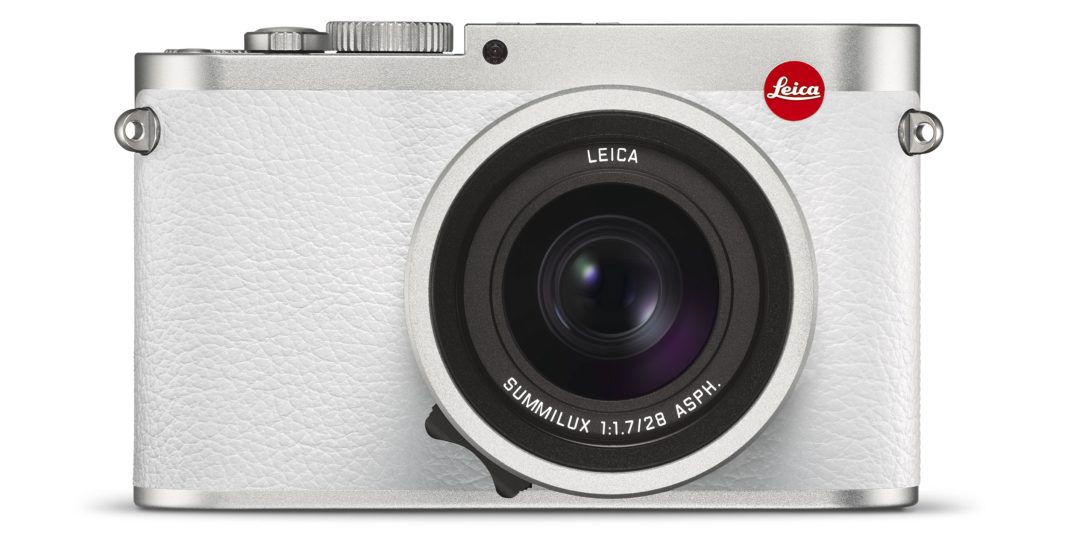
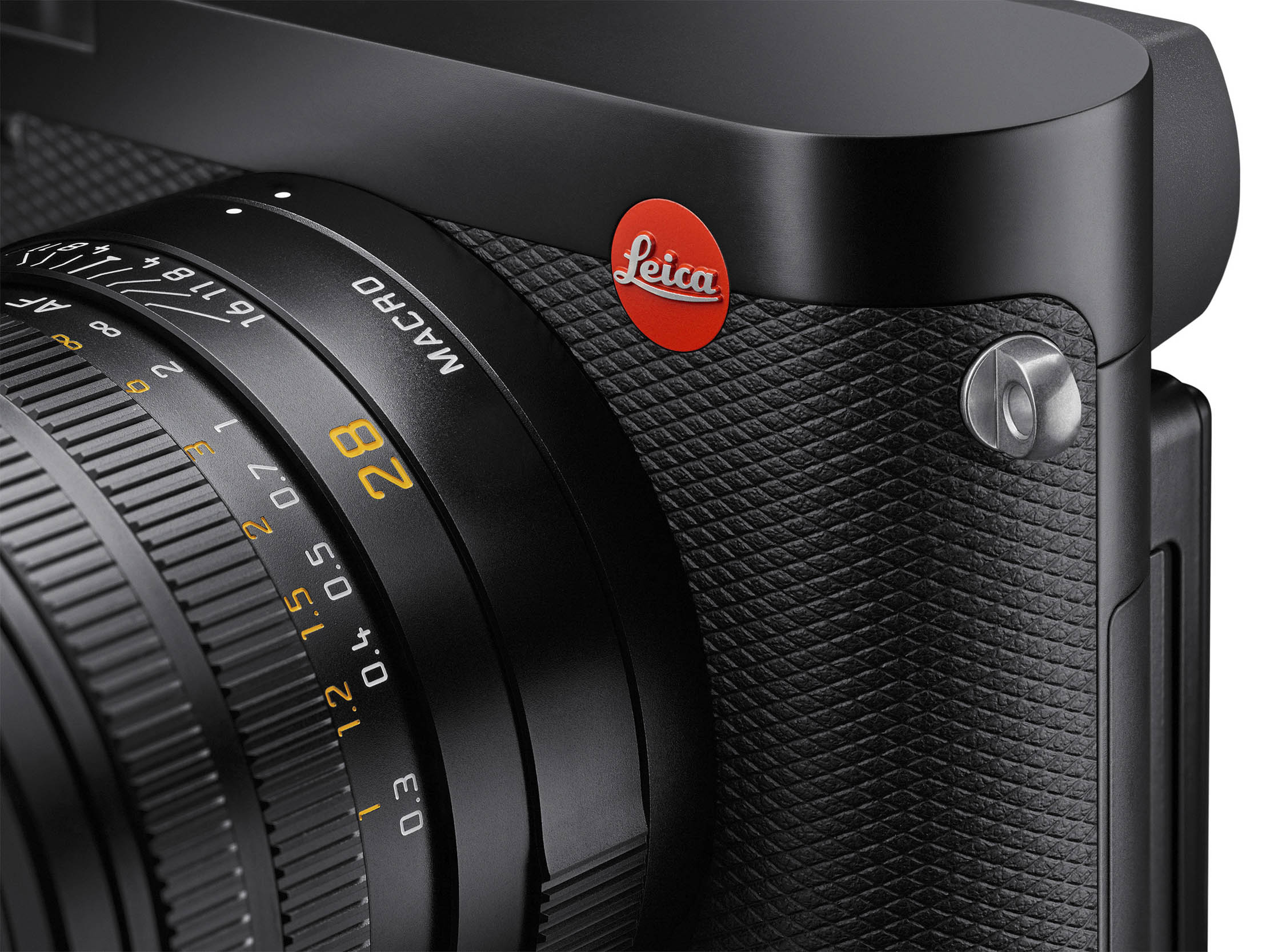
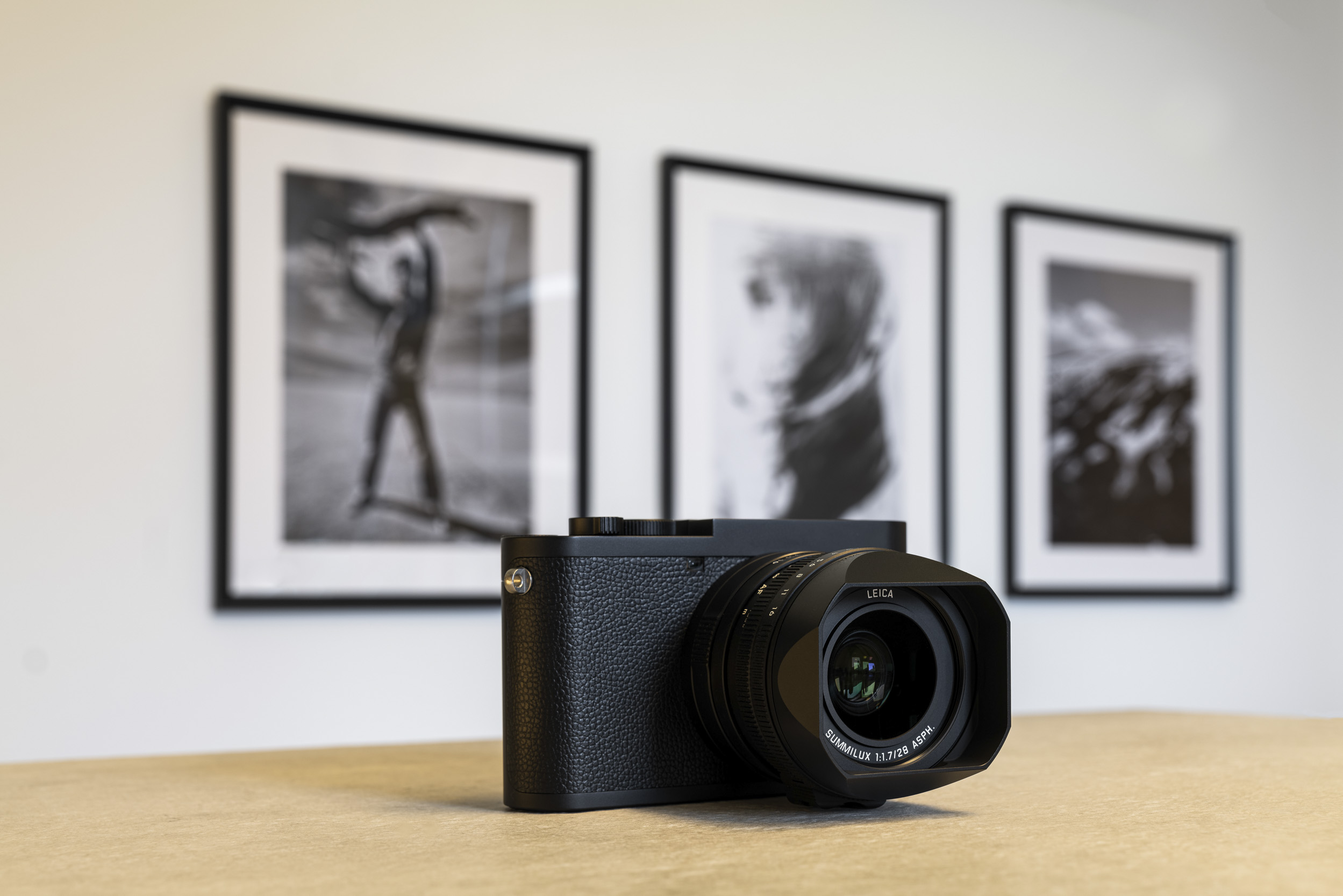
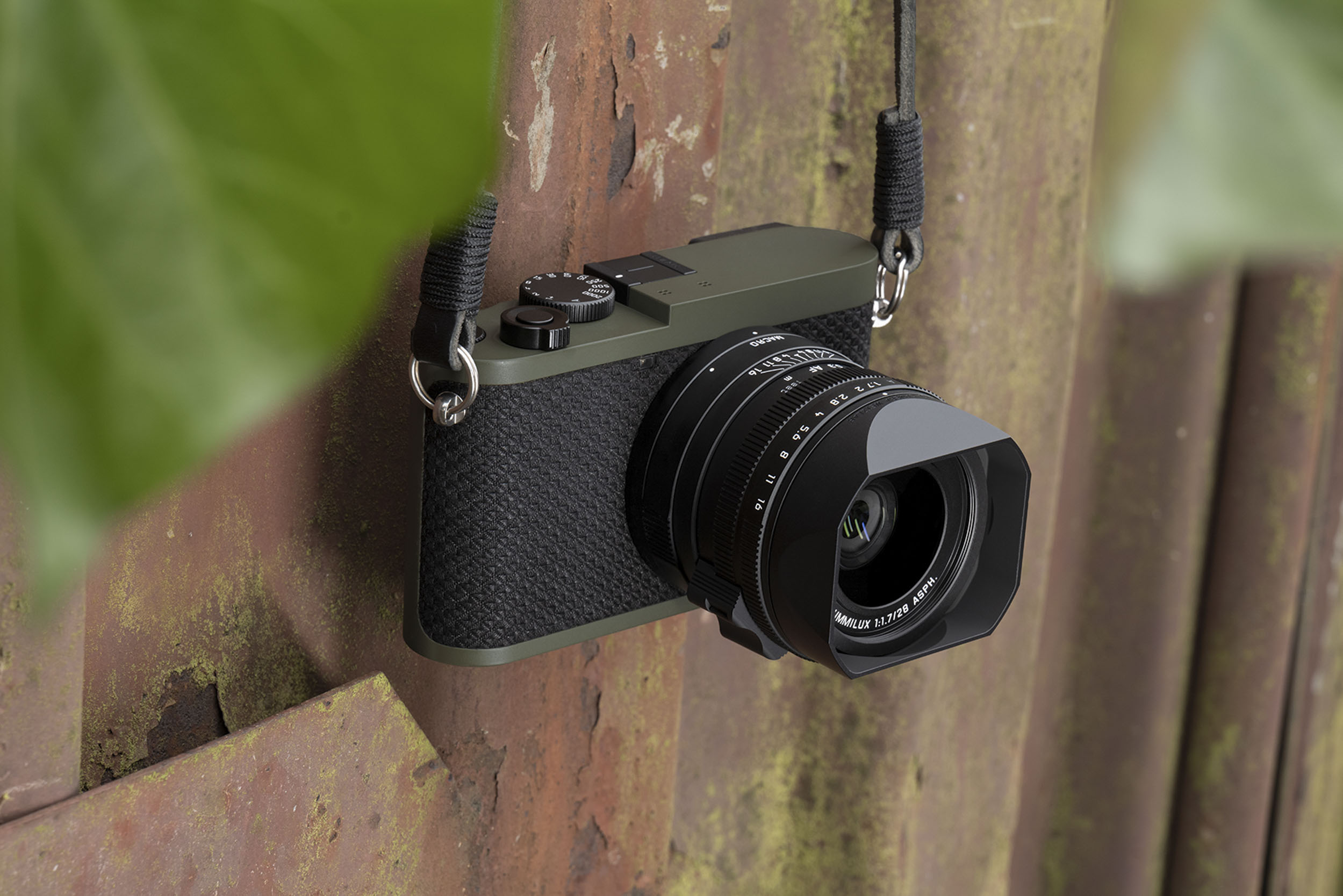
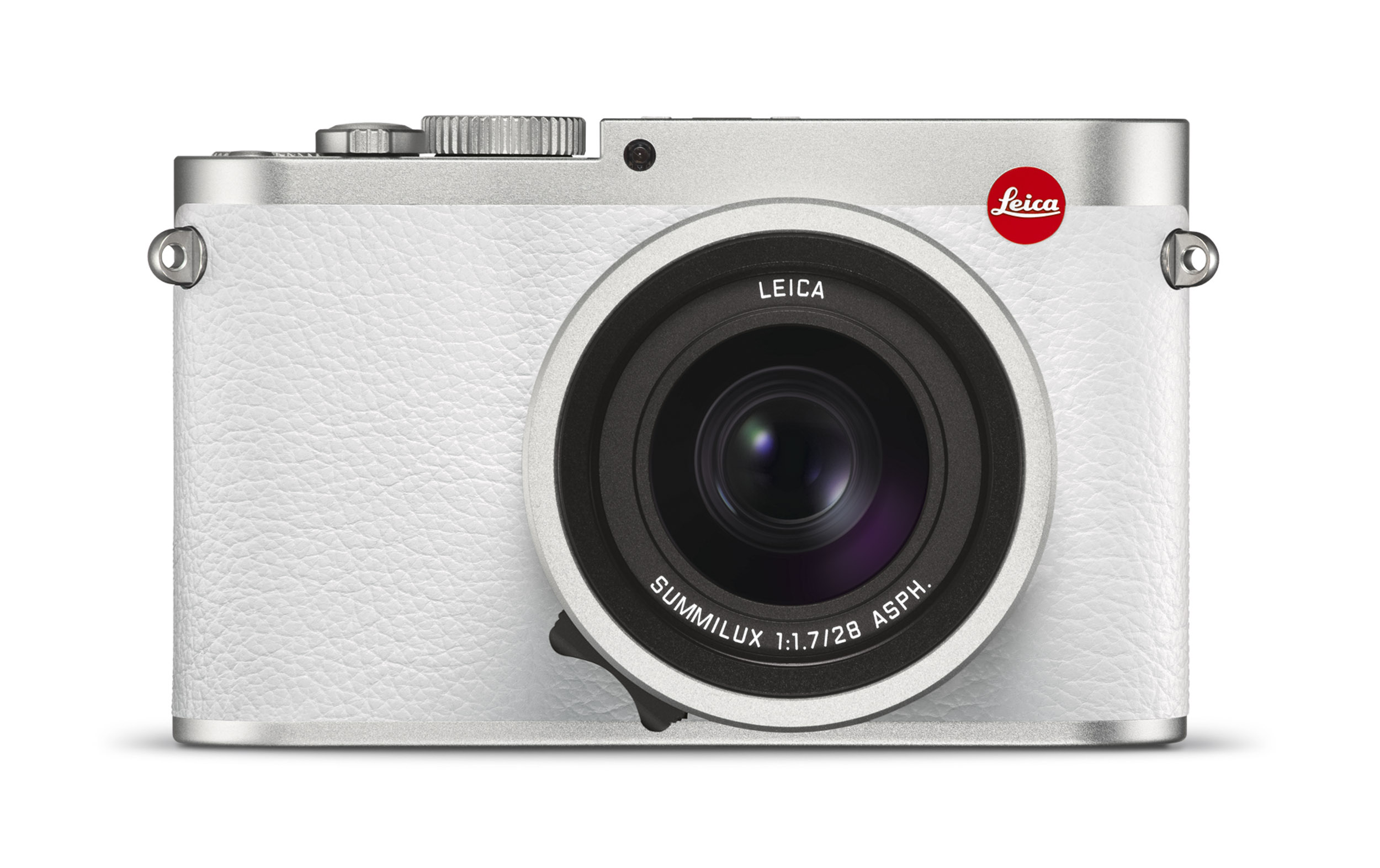
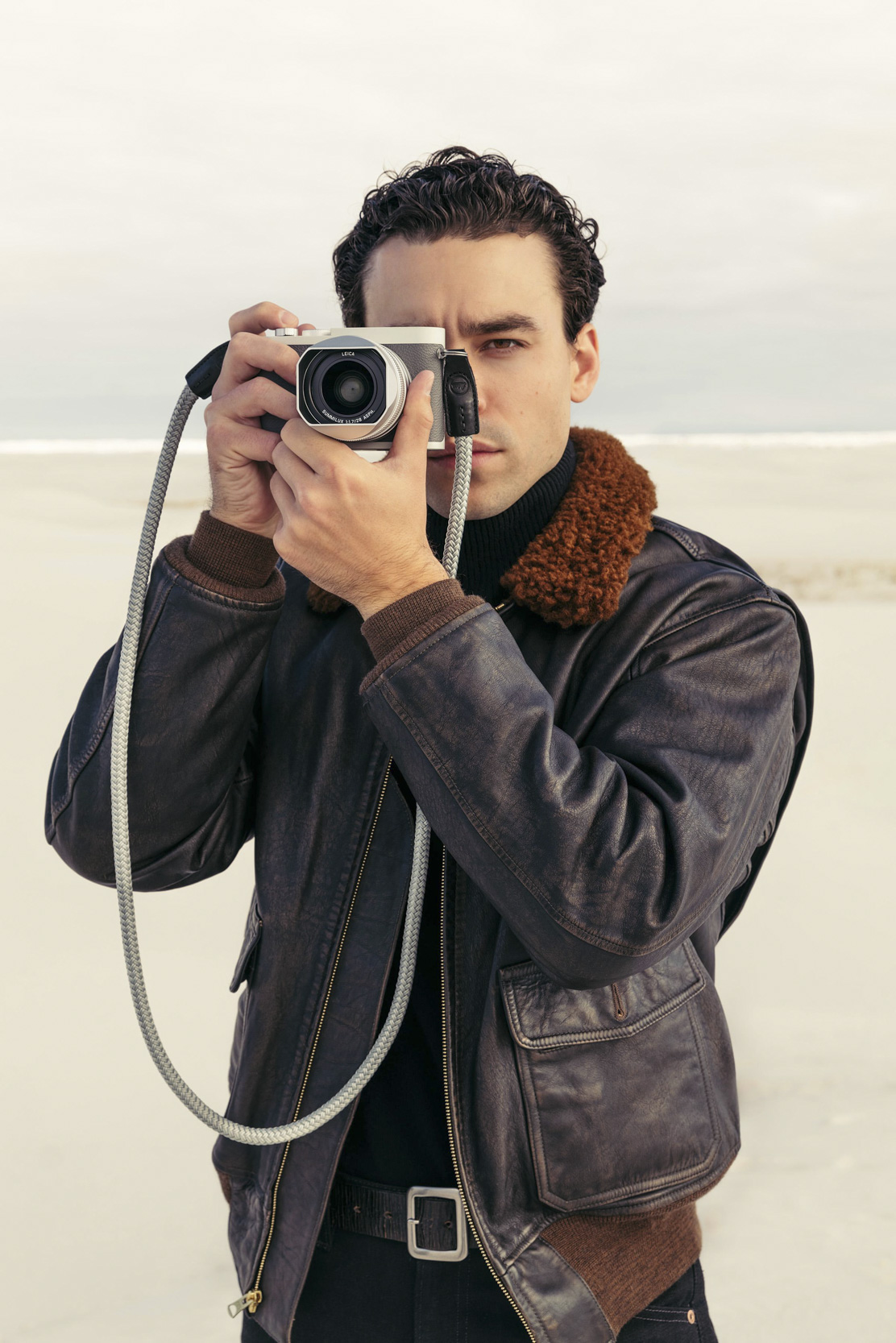

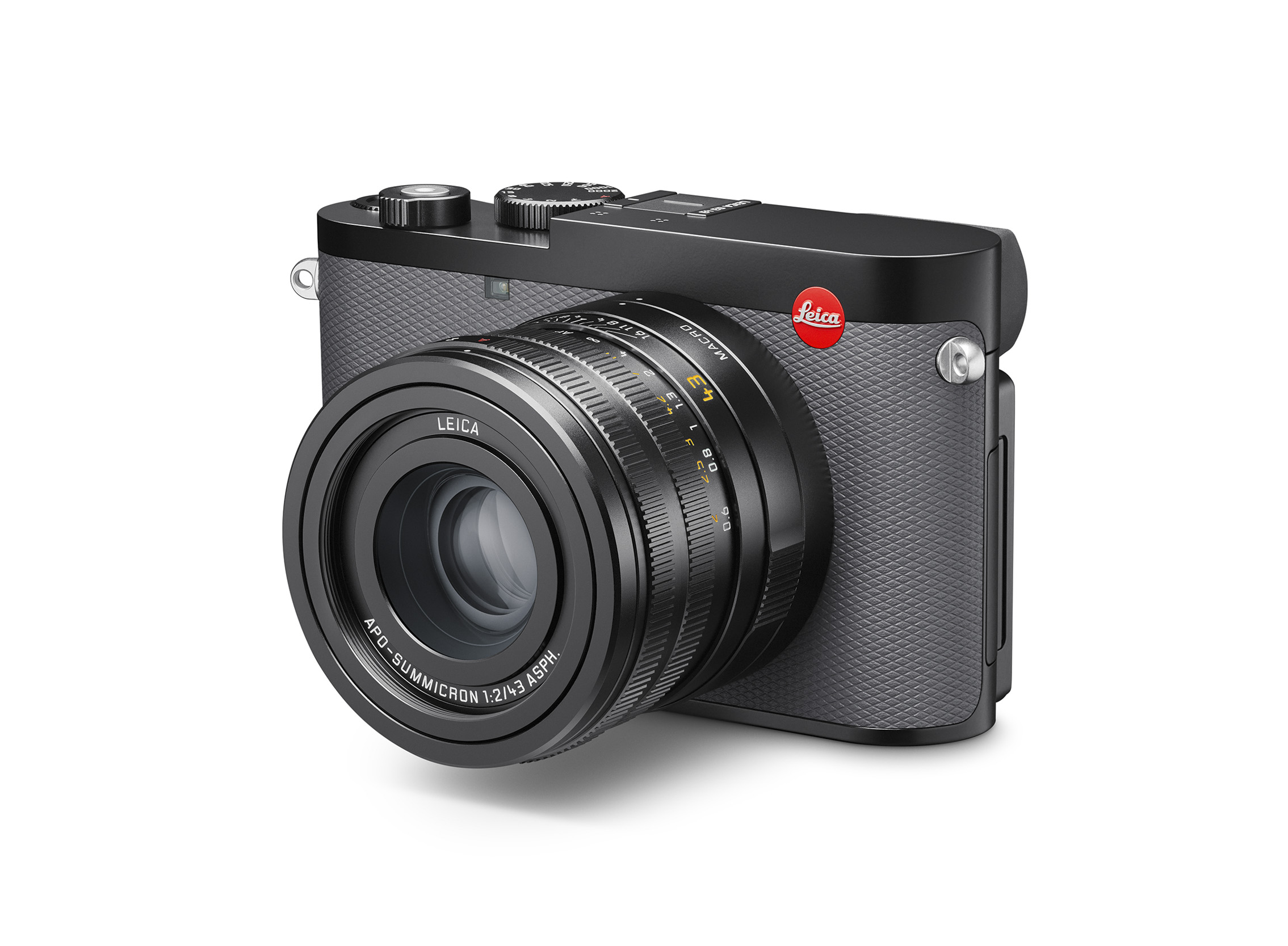
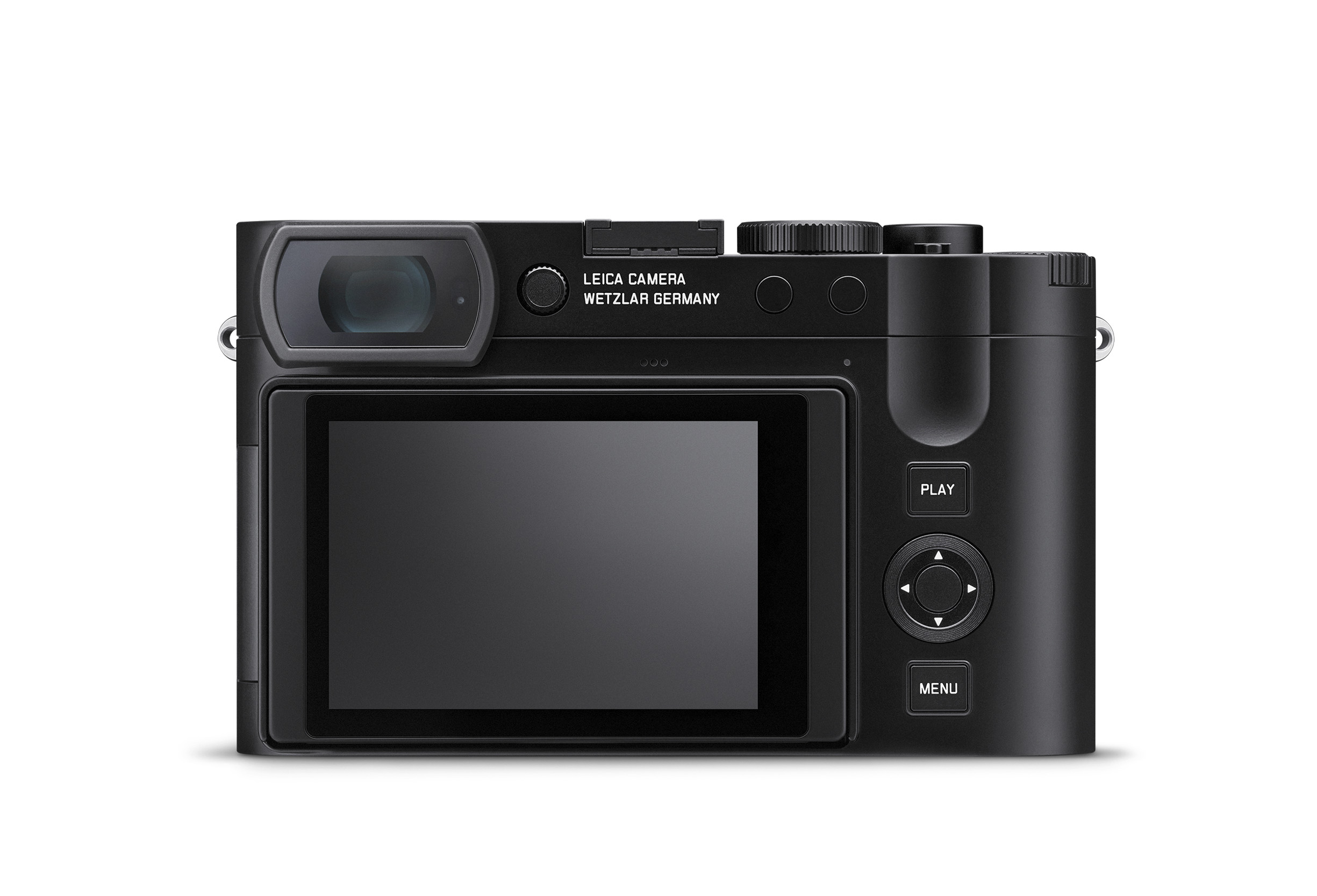
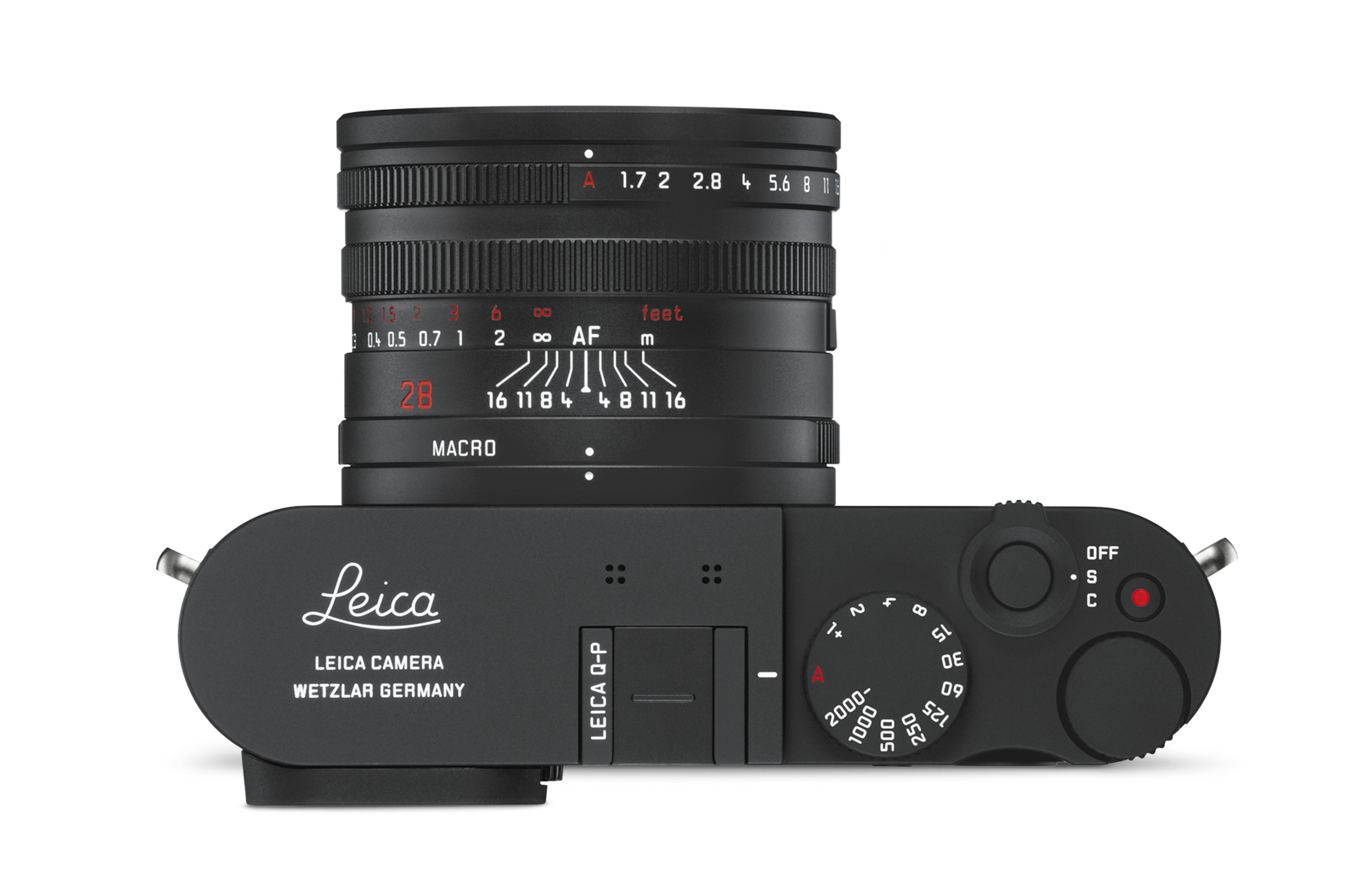
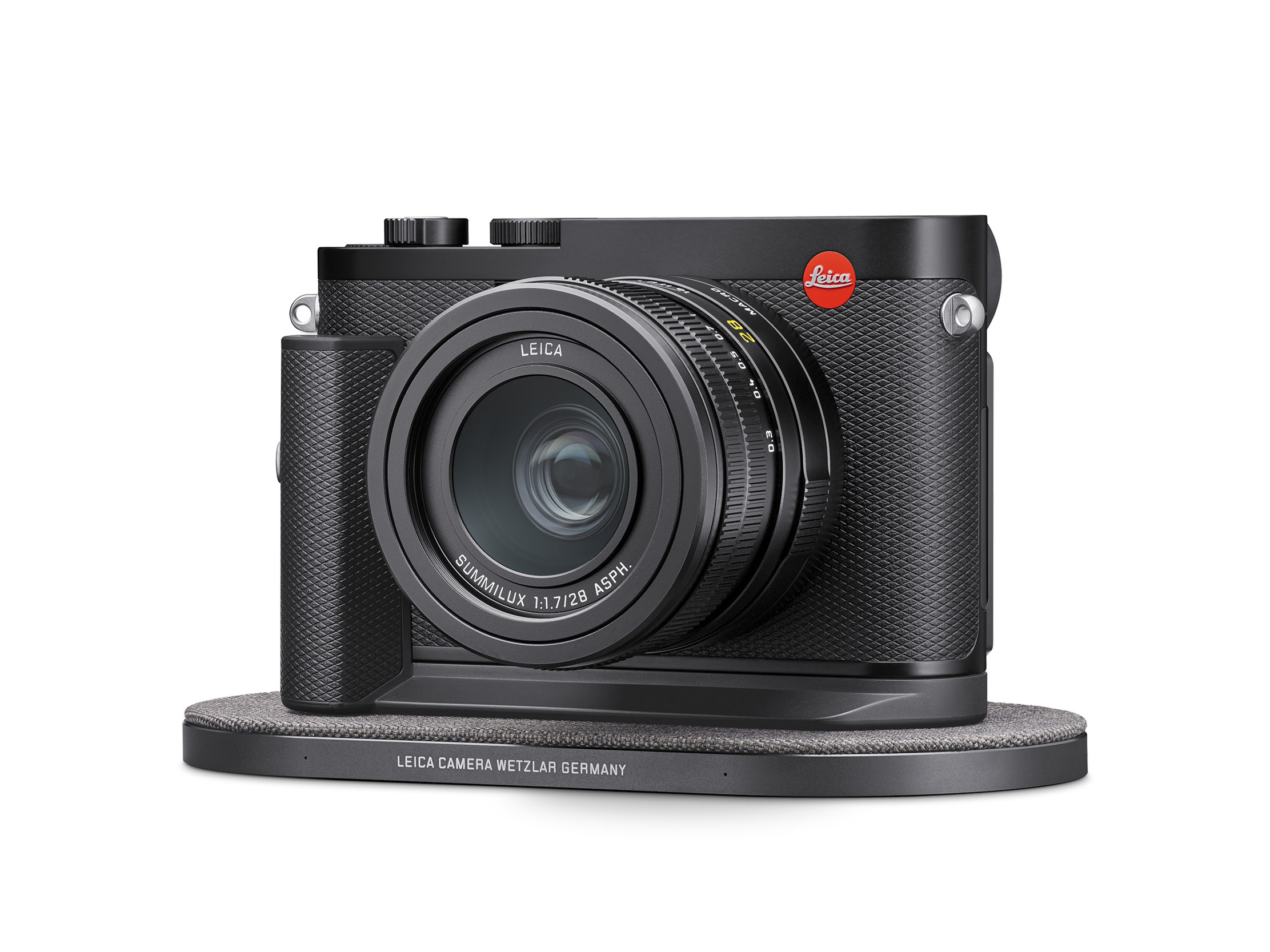
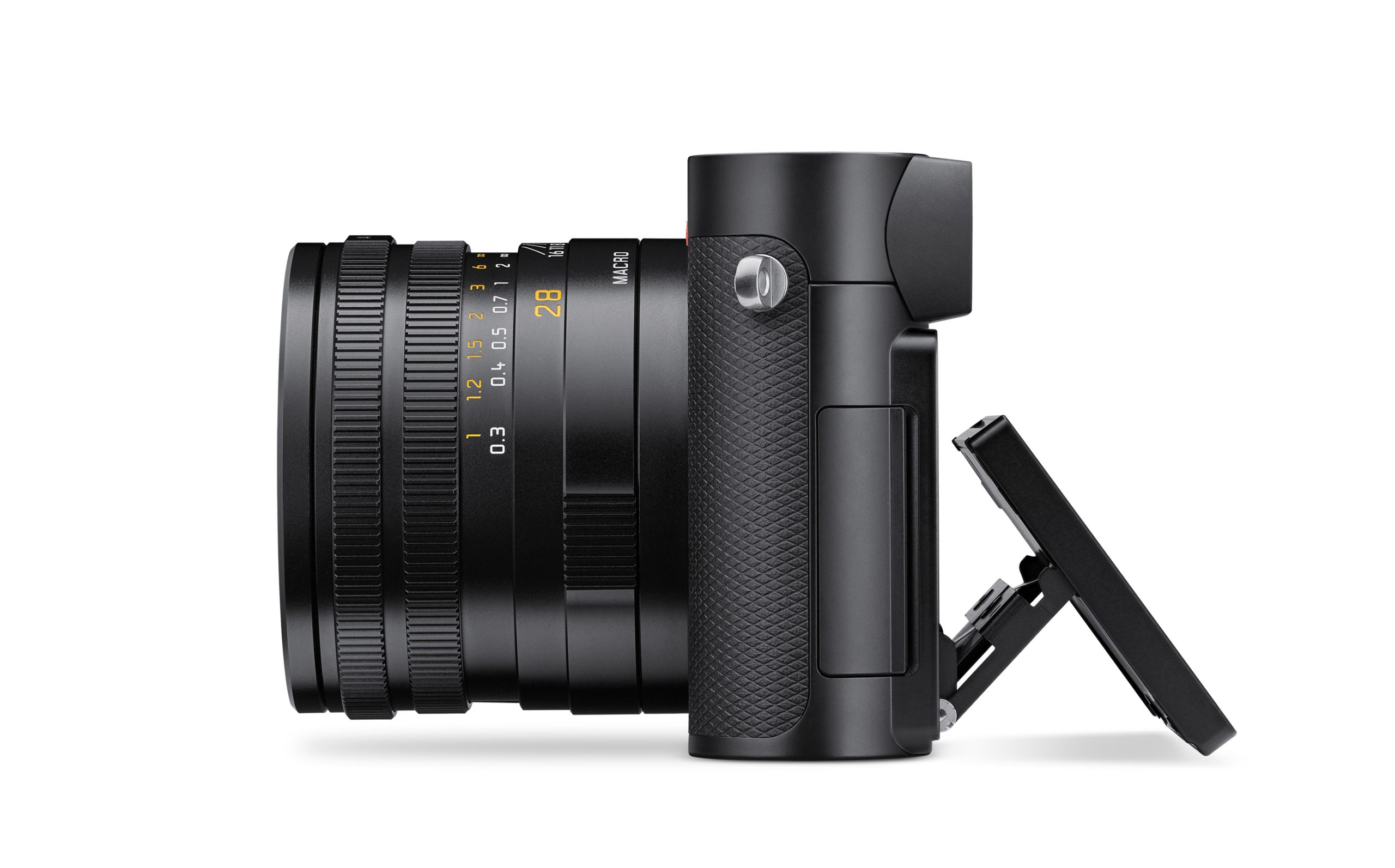
A worthy and laudatory piece on the Qs, Mike – I cannot imagine being without my Q2 and Q3 43.
Thank you, Tony. The Q series has been the catalyst for the current fashion for large-sensor, fixed-lens compacts. And, as you say, many of us have learned to rely on these cameras.
Thanks for your thoughts on the Q line-up Mike. I couldn’t agree more and can’t help but wonder what I would have carried around the world with me for the last 10 years without my chance encounter with the Q-P. Since then I have filled my small Billingham with a Q2, Ghost, Q3, Q3-43 and just recently a quite rare Q2 Reporter Monochrom. Every one of them has brought me joy!
Cheers
Mark
Thanks, Mark. I have also become a firm fan of wide-angle fixed-lens cameras over the past ten years. I’ve adapted. It’s significant that the genre (rather than just the Leica specific) has become a new force in photography.
I’m thinking of the Fujifilm X100, even the Ricoh GRIII. The extension to medium-format in the GFX100RF is also a significant milestone for which Fujifilm deserves plaudits. It isn’t perfect, but is astonishing in some respects.
All I lack now is your talent!
Mike
The Q has a very special place in my heart. I purchased one as a surprise present for my Dad when it was first released. A little thank you for a lot he had done for me and, something I knew he would have always wanted but been too worried about spending the money on himself.
Unfortunately, it turned out to be the last camera he used as he passed away suddenly and unexpectedly just six months later. He loved it and took it everywhere with him. A keen photographer for 50 years and his father owning a Leica when he was a kid, I knew it meant a lot.
The camera came back to me, and so it’s one I’ll never upgrade or replace. No matter what other cameras I have in my bag, the Q is always there. It goes on every trip and to every event, making the memories he wasn’t able to. It very much keeps him close.
The lens, the macro features and wonderful Leica form factor is very much what you described, Mike. They really got this one right.
Thanks, Mike, and I am sorry to hear about your father. Hope to meet up with you again on a LSI event sometime. I remember our chat in Wetzlar in 2018.
Thanks so much Mike. And I’d love that. Really enjoyed meeting you and getting the time to catch up and chat. Can’t believe it’s already been that long!
I owned the Q2 for five years and loved the simplicity, image quality, compact form and that it was as close to the analogue camera experience (manual focus, manual exposure) as you could get. The added bonus was I could quickly switch to auto everything and the family could snap away. That for me was the biggest pitfall of my M8. When the Q3 arrived I hesitated as the 47Mp Q2 was sufficient for my needs. When the Q3 43 arrived I jumped at it as I never fully gelled with 28mm. My previous two compact cameras had been the Sony NEX7 + 23mm f2 followed by the Leica TL + 23mm f2 (both 35mm equivalent). For the times I need wider than 43mm I take panoramic shots and stitch later or my recently acquired TL2 + 11-23mm lens.
Nicely written Mike. As you know I love my Q3 and the QP I had before it. The Q3, with its 60mp sensor, has taught me that just one camera can do pretty much everything. No need to cart around a bagload of lenses, just the Q3 and you’re done. The high resolution makes extreme cropping a breeze, and the f/1.7 lens and leaf shutter give loads of flexibility for wide-open shooting in bright light (not to mention high flash sync speeds). A real do-everything camera of exquisite quality.
Thanks, Andrew. The subject of cropping and the Q3 43 is interesting. The drop-off in pixel density with a 28mm lens is quite severe, but the ’43 is much more viable because of the higher starting focal length. The Q3 at 50mm is already down to 19MP while the ’43 has barely started dropping pixels. What you lose on the roundabout (wide angle) you gain on the swings (nifty 43).
Thanks Mike,
I think the Q-line is a wonderful contradiction, in that it is both liberating and also restrictive.
I can get away with carrying one camera, where before I might have needed to carry a bag full of lenses and a second body. Welcome lightness!
But it is also constraining (in a good way) in that I have to think about how to get the best out of this one lens setup. My feet and body position now replace the bag full of lenses.
It’s an enjoyable challenge, but the next question is what will Leica do for an encore? What might Q4 be like?
They got it right with the X1 as well. At the time, the only other large-sensor compact was the Sigma DP1, which was barely usable.
I agree, Fazal. The X1 was just right and was a good competitor for the original X100. I’ve often wondered if Fuji’s choice of X was in any way related to Leica’s existing X1. I have also often wondered where Leica would have been had the designers developed the X1 (Leica kaizen…). It could still have been a popular choice, with a 40MP sensor. Perhaps Leica would not have been quite so keen to exit ASP-C.